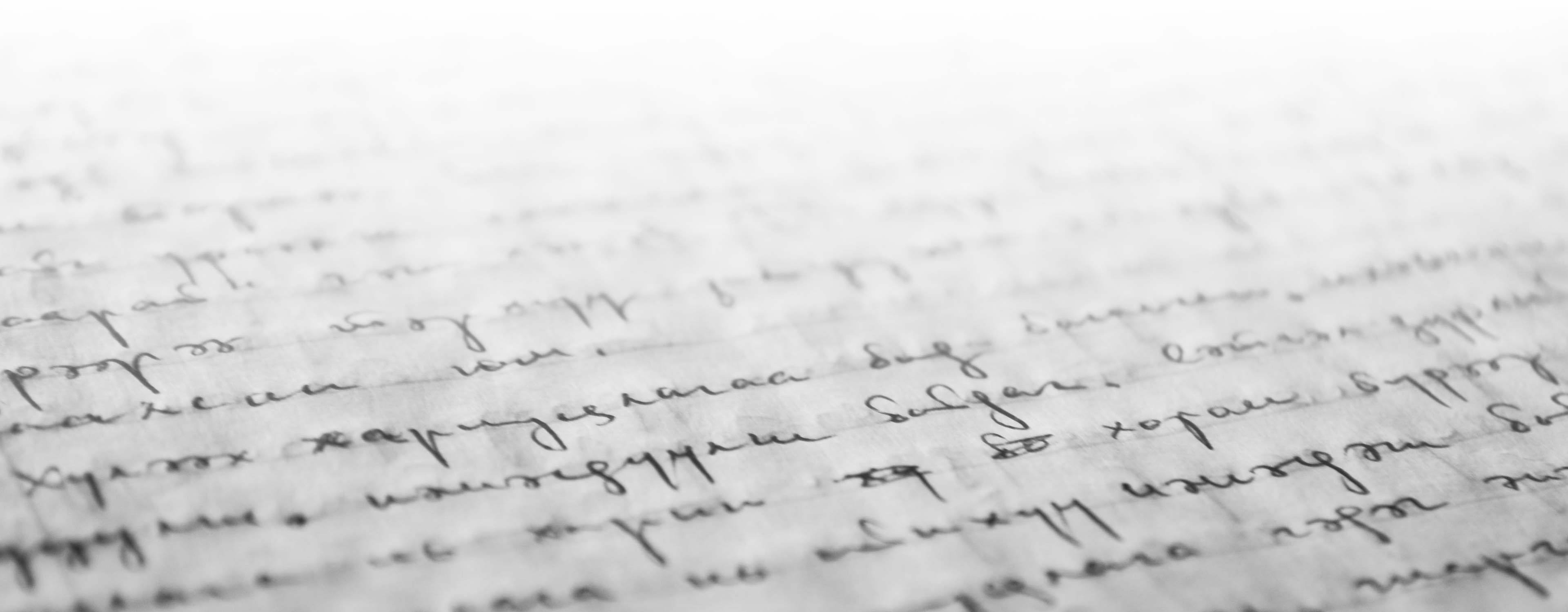
Linguistic Heritage: Siglas Poveiras
The siglas poveiras were a rudimentary and primitive form of writing used by the fishing people of Póvoa de Varzim. The intensity of the fishing activity gave rise to the visual communication system, fully dominated by the community, but unknown outside it. Vessels, fishing devices and even the fish itself were identified by the code. Each new fisherman who entered the community needed to develop his brand, from the stylization of everyday objects – such as the boat, the lifter or the harpoon – so that they are not confused with the brand of another member.
The siglas poveiras have been object of study since the beginning of the 20th century. At the opening of the Municipal Museum in 1937, António Graça, its founder, devoted special attention to them. Anthropologists such as Octávio Lixa Felgueiras and Fonseca Cardoso associated the origin of the siglas to Nordic culture, by identifying signs of possible visits and the settlement of Vikings in Póvoa.
Once created, the brand became a family signature, a kind of coat of arms that marked the families' belongings. They were also used to register marriages, registering the mark on church altars, identify deposits or even to prove debts.
The siglas poveiras have been object of study since the beginning of the 20th century. At the opening of the Municipal Museum in 1937, António Graça, its founder, devoted special attention to them. Anthropologists such as Octávio Lixa Felgueiras and Fonseca Cardoso associated the origin of the siglas to Nordic culture, by identifying signs of possible visits and the settlement of Vikings in Póvoa.
Once created, the brand became a family signature, a kind of coat of arms that marked the families' belongings. They were also used to register marriages, registering the mark on church altars, identify deposits or even to prove debts.
In the Póvoa tradition, the main heir of the family was the youngest son, because he was expected to be the son to take care of the parents when they became elderly. For this reason, the original siglas passed from the father to the youngest son, the heir. The remaining children were given the same sigla plus extra lines, called "pique". The number of lines corresponded to the order of birth of the children. Therefore, the eldest son would have one extra line, the second two extra lines and so on, until the youngest son was reached who would have no lines, thus staying with the same symbol as his father.
The increase in literacy and the modernisation of fishing techniques and tools meant the siglas fell into disuse in the first decades of the twentieth century. They are still present as the identity of the fishing community and often displayed as family emblems, even if the links with fishing have been broken.
As a cultural reference of Póvoa de Varzim, their use in original and contemporary pieces of design, crafts and advertising is very appealing. Recently, a new standard toponymical plate for some of the city's streets was adopted, referring to the sigla. This initiative by the municipal council is to promote the preservation and enhancement of the linguistic and cultural heritage of the city, in an original and unique way.
The Municipal Museum and the Library are permanently working on the memory and investigation of the siglas poveiras. The theme arouses great interest among other communities with maritime traditions, having been the object of an exhibition of world itinerancy and scholars in the fields of the history of art and semiotics.
The increase in literacy and the modernisation of fishing techniques and tools meant the siglas fell into disuse in the first decades of the twentieth century. They are still present as the identity of the fishing community and often displayed as family emblems, even if the links with fishing have been broken.
As a cultural reference of Póvoa de Varzim, their use in original and contemporary pieces of design, crafts and advertising is very appealing. Recently, a new standard toponymical plate for some of the city's streets was adopted, referring to the sigla. This initiative by the municipal council is to promote the preservation and enhancement of the linguistic and cultural heritage of the city, in an original and unique way.
The Municipal Museum and the Library are permanently working on the memory and investigation of the siglas poveiras. The theme arouses great interest among other communities with maritime traditions, having been the object of an exhibition of world itinerancy and scholars in the fields of the history of art and semiotics.